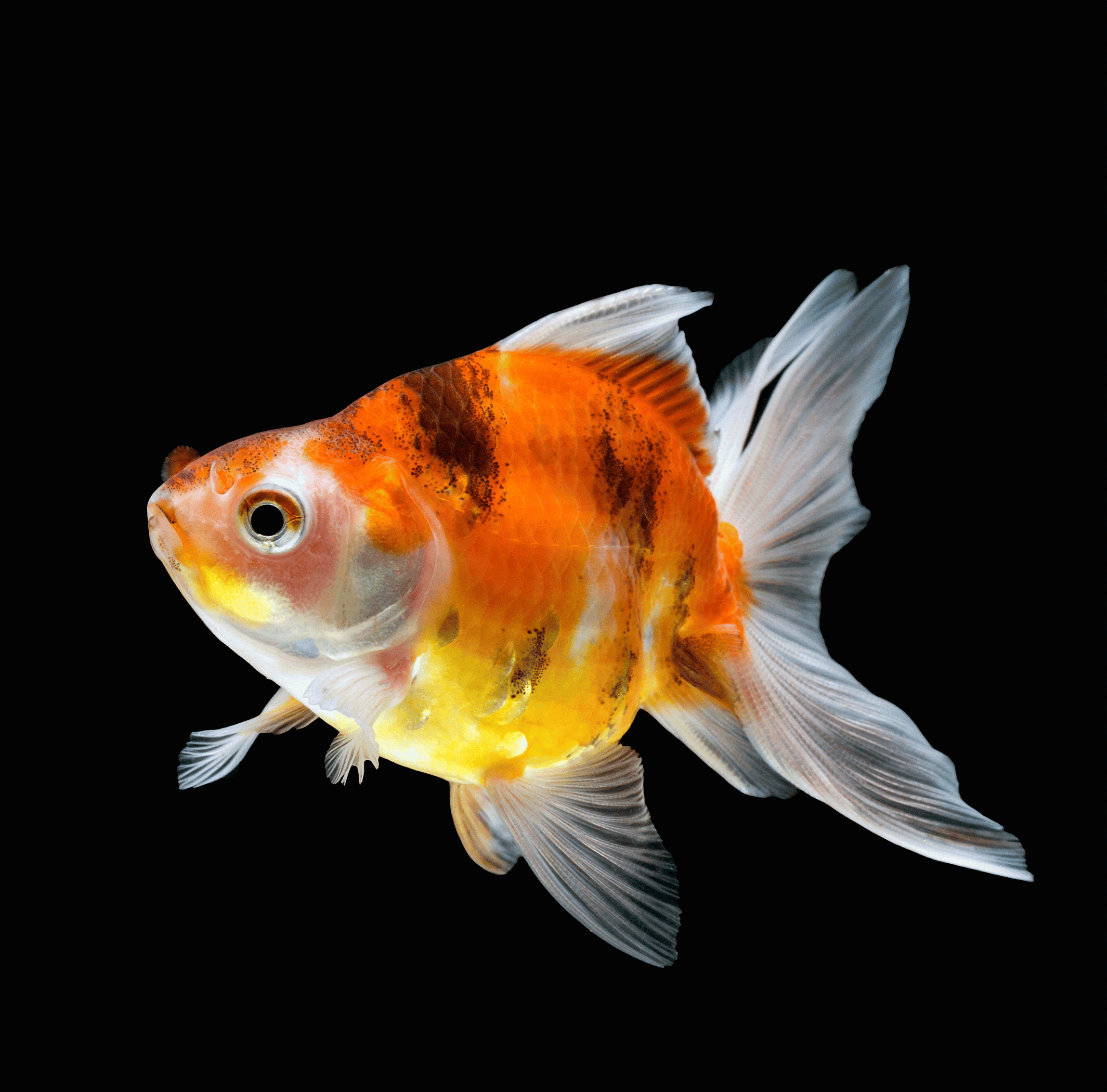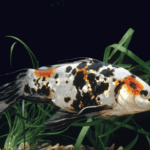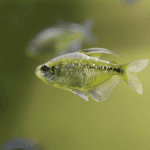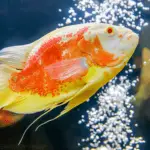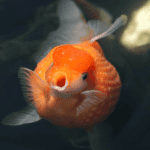Goldfish, cherished pets of many households, are known for their shimmering golden scales. It can be quite unsettling to witness these beautiful fish changing color, particularly when they start to turn black. This article aims to explore and explain the reasons behind this intriguing transformation.
The Process of Color Change
Goldfish don’t instantly change color. Instead, it’s a gradual process, which often begins with black spots appearing on the body before it progressively spreads.
Color change in goldfish is primarily influenced by three factors:
- Genetics
- Environment
- Health conditions
Genetic Factors
Goldfish have a broad range of color genes. These genes can cause color transformations throughout their lives, including turning black.
Genetic color change usually happens in the first few years of the goldfish’s life. If your goldfish is young and beginning to turn black, it could merely be a genetic trait that’s just now surfacing.
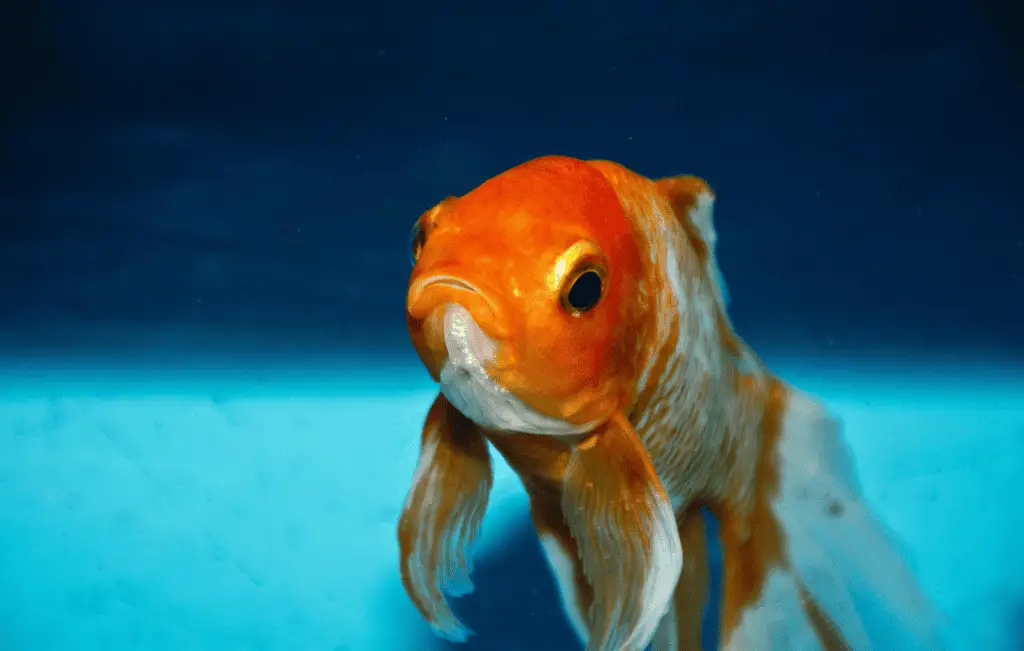
Environmental Factors
Environmental factors can also play a significant role in a goldfish’s color transformation. Let’s take a look at two major elements:
- Light: Goldfish exposed to sunlight may darken their color as a natural protective response against the sun’s rays.
- Water Quality: Poor water conditions can cause stress to the fish, leading to color change. This is often accompanied by other signs of stress such as lethargy or reduced appetite.
Health Conditions
A change in color can sometimes be a signal that your goldfish is suffering from a health problem. One such condition is Black Spot Disease.
- Black Spot Disease: Also known as Diplopstomiasis, Black Spot Disease is a parasitic infection that manifests as tiny black spots on the skin of the fish. This condition is more common in goldfish living in outdoor ponds exposed to bird droppings.
Immediate Actions to Take
If your goldfish starts turning black, here are some immediate actions you can take:
- Check the Water Conditions: Test the pH, ammonia, nitrate, and nitrite levels. Maintain a clean tank and change one-third of the water weekly.
- Ensure Adequate Light: Ensure your goldfish has a balance of light and darkness. Too much sunlight may darken its color, while insufficient light can lead to faded colors.
- Inspect for Illness: Look for other signs of illness like unusual swimming patterns or decreased appetite. If symptoms persist, consider consulting a veterinarian.
Professional Consultation
Sometimes, despite all efforts, you may not find the reason behind the color change, or the condition of your goldfish may not improve. In these cases, it’s advisable to consult with a professional aquarist or a veterinarian specializing in fish health. They can offer a diagnosis and treatment plan tailored to the specific needs of your goldfish.
Proper Goldfish Care
Maintaining optimal conditions for your goldfish can help prevent undue stress and potential health issues. A suitable environment includes:
- Tank Size: Goldfish require ample space. A general rule is to have 20 gallons for the first goldfish and 10 gallons for each additional one.
- Diet: A balanced diet of fish flakes, pellets, and occasional fresh or frozen foods will keep your goldfish healthy.
- Filtration: A good filtration system is essential to keep the water clean and the ammonia levels low.
Common Misconceptions About Goldfish Color Change
Goldfish color change is often misunderstood. Here are a few misconceptions that people commonly hold:
- Goldfish turn black due to age: While age can cause some color change, it doesn’t typically turn a goldfish black.
- All color change indicates disease: Not all color changes are a sign of disease. Often, they can be attributed to genetic or environmental factors.
Prevention of Black Spot Disease
Prevention is always better than cure. Here are some methods to prevent Black Spot Disease in your goldfish:
- Avoid Birds: If your goldfish are in an outdoor pond, try to prevent birds from visiting. Bird droppings can introduce the parasites causing Black Spot Disease.
- Maintain Clean Water: Regular cleaning and changing of water can help prevent parasitic infections.
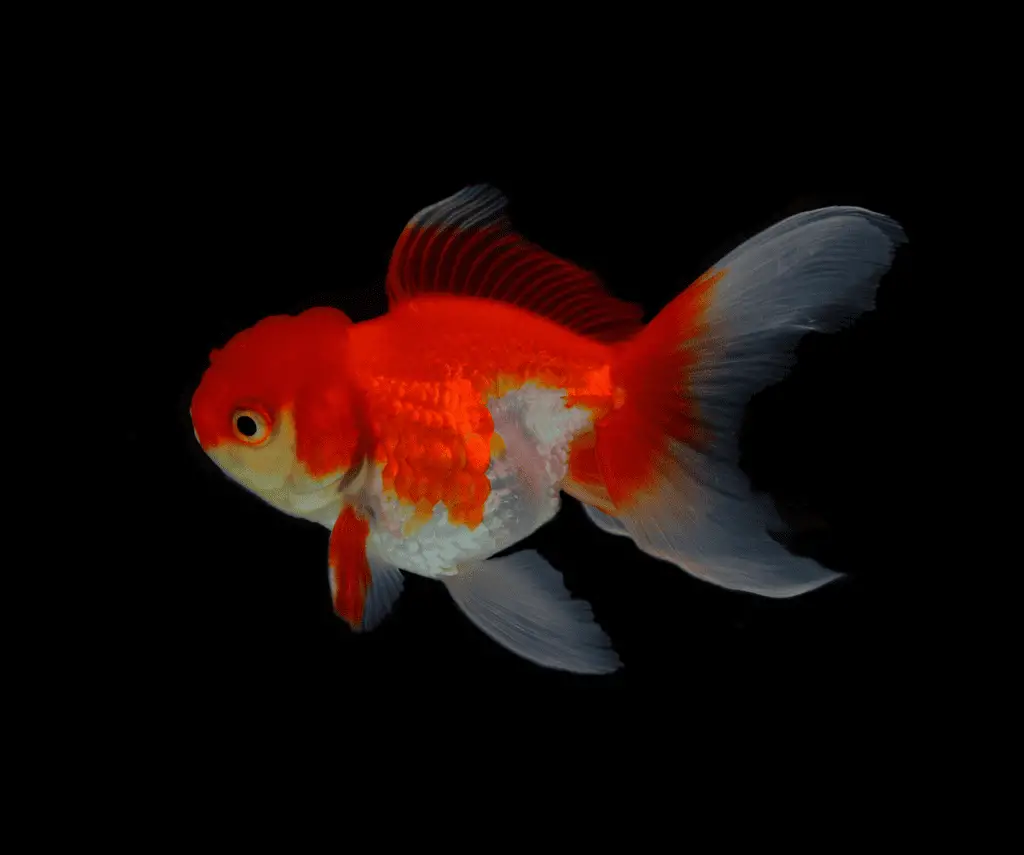
Goldfish Color Change: Beyond Black
While this article primarily discusses goldfish turning black, it’s important to note that goldfish can change into other colors as well, like white or orange. These changes, like the shift to black, can be influenced by genetics, environmental factors, or health conditions.
Understanding Goldfish Behavior
Color isn’t the only way goldfish communicate their health and well-being. Behavior is equally important to observe. Some concerning behaviors include:
- Lethargy: If your goldfish is less active than usual, it might be experiencing stress or illness.
- Loss of Appetite: A decrease in eating can indicate health issues.
- Erratic Swimming: If your goldfish is swimming erratically, it might be dealing with water conditions, stress, or disease.
Knowing your goldfish’s normal behavior will help you spot any alarming changes. When in doubt, always consult with a professional.
Conclusion
In conclusion, a goldfish turning black can be due to genetic factors, environmental conditions, or health issues. While it’s often a natural process, it’s essential to monitor your goldfish and its environment to ensure its well-being. Pay attention to their behavior and the conditions in their tank or pond. If the color change is accompanied by other distress signals, don’t hesitate to seek professional advice. After all, a healthy goldfish is a happy goldfish, no matter what color it is.
Frequently Asked Questions
Q1: Why is my goldfish turning black?
A1: Your goldfish might be turning black due to genetic factors, environmental conditions, or health issues. It’s essential to monitor the fish’s behavior, its water conditions, and any other physical changes to determine the cause.
Q2: Can goldfish change color due to stress?
A2: Yes, stress can cause a goldfish to change color. Factors contributing to stress might include poor water quality, inadequate nutrition, or illness.
Q3: Is it normal for goldfish to change color?
A3: Yes, it’s normal for goldfish to change color due to genetic factors or environmental conditions. However, if the change is sudden or accompanied by other symptoms of distress, it could indicate a health problem.
Q4: Can goldfish change color from gold to black?
A4: Yes, goldfish can change from gold to black. This transformation can occur due to several reasons, including genetics, exposure to sunlight, water conditions, or health issues such as Black Spot Disease.
Q5: How can I prevent my goldfish from turning black?
A5: Regularly check water conditions, maintain a balanced diet, and ensure adequate light exposure. Preventing birds from visiting outdoor ponds can also help to prevent parasitic diseases like Black Spot Disease.
Q6: What do I do if my goldfish has turned black?
A6: Keep a close eye on the fish’s behavior and other physical changes. If the color change is accompanied by signs of illness, consult with a professional aquarist or a veterinarian.
Q7: Can a black goldfish turn gold again?
A7: It’s possible for a goldfish to revert to its previous color if the environmental conditions causing the color change are adjusted. However, genetic color changes or those caused by certain health conditions may be permanent.
